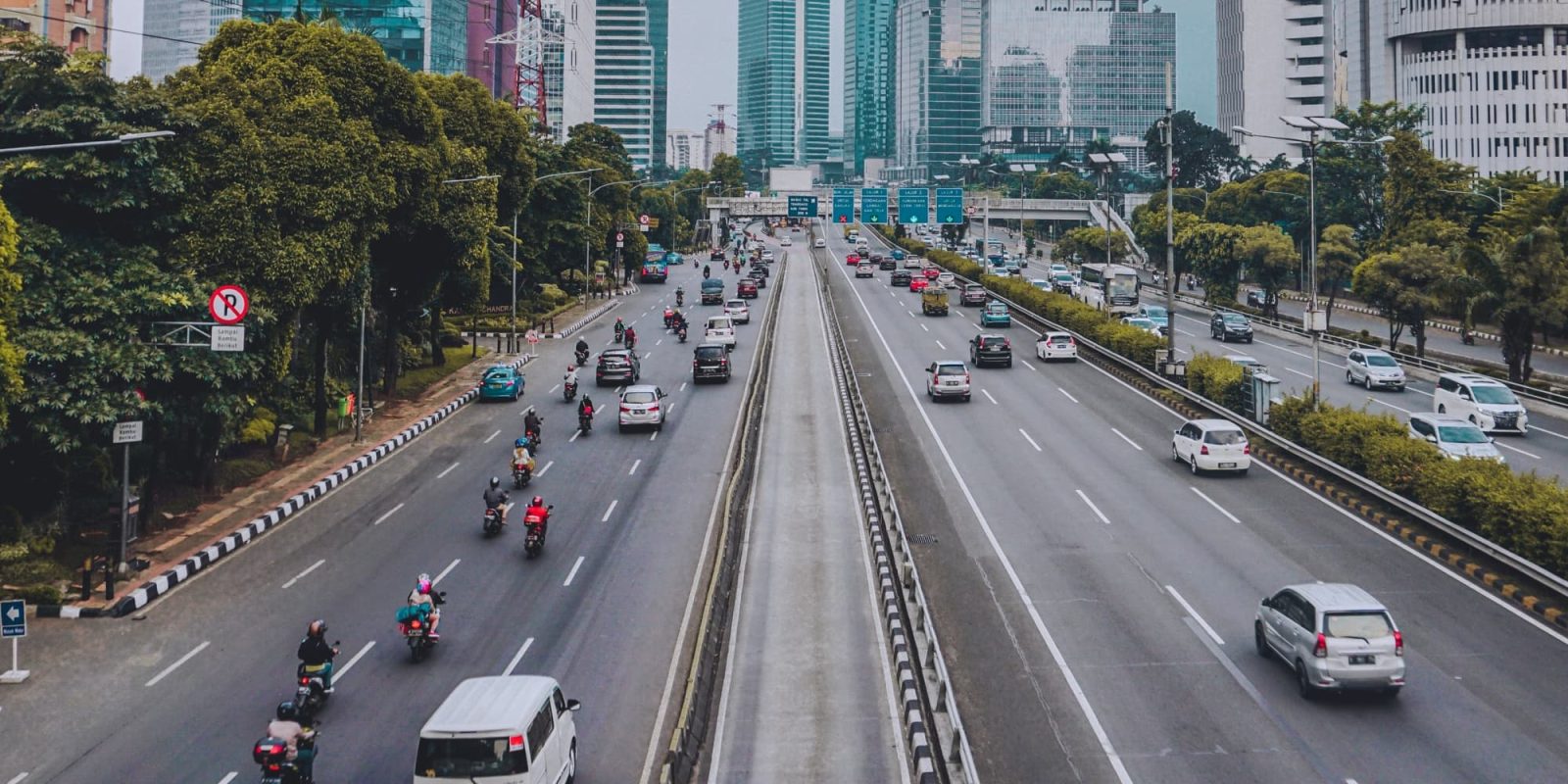This country plans to put 2 million electric motorcycles on the road in the next 3 years

Unlike electric cars with their high prices and large footprints (both geometric and carbon footprints), electric motorcycles represent some of the smallest and most affordable electric vehicles on the planet. That’s why many countries are eschewing popular electric cars in favor of two-wheeled EVs.
The post This country plans to put 2 million electric motorcycles on the road in the next 3 years appeared first on Electrek.
Unlike electric cars with their high prices and large footprints (both geometric and carbon footprints), electric motorcycles represent some of the smallest and most affordable electric vehicles on the planet. That’s why many countries are eschewing popular electric cars in favor of two-wheeled EVs.
While Europeans have embraced motorcycles and scooters as somewhat common alternative forms of transportation, many Asian countries have long relied on two-wheelers as the main transportation method of choice.
Indonesia is one of them, and the country is now making a concerted effort to switch its large ICE-powered motorcycle fleets to electric motorcycles. That includes putting 2 million electric motorcycles on the roads by 2025.
According to the New Strait Times, the transportation minister, Budi Karya Sumadi, recently set the ambitious goal for the country:
The number of motorcycle users in Indonesia is around 133 million. There are about five million requests coming in every year, while the number even reached 10 million before the pandemic. The market is huge, and this can become a game changer to accelerate the transition.
He continued by explaining that increased numbers of electric motorcycles wouldn’t only be a benefit to the environment, but could also help the country lower its high fuel subsidies.
We hope that this subsidy will decrease along with the increasing number of electric vehicle users. We can use the money from fuel subsidies to build this nation.
Sumadi laid out three key requirements that, if met, could help jump-start the switch to electric motorcycles. Those included ensuring the production of quality electric motorcycle batteries, increasing the number of charging stations or increasing easy access to battery swap stations, and ensuring the quality of the motors found in electric motorcycles.
In many Asian countries that lack widely distributed charging infrastructure, battery swapping electric motorbikes are seen as a viable alternative.
Battery swapping giant Gogoro announced last year that it was entering the Indonesian market thanks to a partnership with Gojek.
Gojek’s operations are numerous, but the most interesting to Gogoro is its large fleet of motorcycle delivery drivers. Many can cover hundreds of kilometers a day, almost entirely on gas-powered motorcycles. Gojek and Gogoro are now working together to help equip those riders with Gogoro’s electric scooters instead, offering a better-performing, cleaner, and greener alternative.
Battery swapping, like the popular system developed by Gogoro, would allow riders to completely forgo charging their electric motorbikes and scooters. Instead, riders simply roll up to a battery swap station and replace their discharged batteries with freshly charged batteries. The entire process takes around 30 seconds, which is significantly faster than pumping gasoline.
Indonesia is just one of many countries exploring a major shift toward electric motorcycles. In China, government regulations have dropped the number of new ICE-powered motorcycle registrations to record lows, with electric bicycles and motorcycles quickly replacing them.
India has also responded to the call for electric motorbikes, with several homegrown companies producing local electric scooters capable of highway speeds.
The electric motorcycle markets in Europe and North America are also growing, but not at anywhere near the rates seen across Asia.
Lead image credit: Alifia Harina
FTC: We use income earning auto affiliate links. More.
Subscribe to Electrek on YouTube for exclusive videos and subscribe to the podcast.

